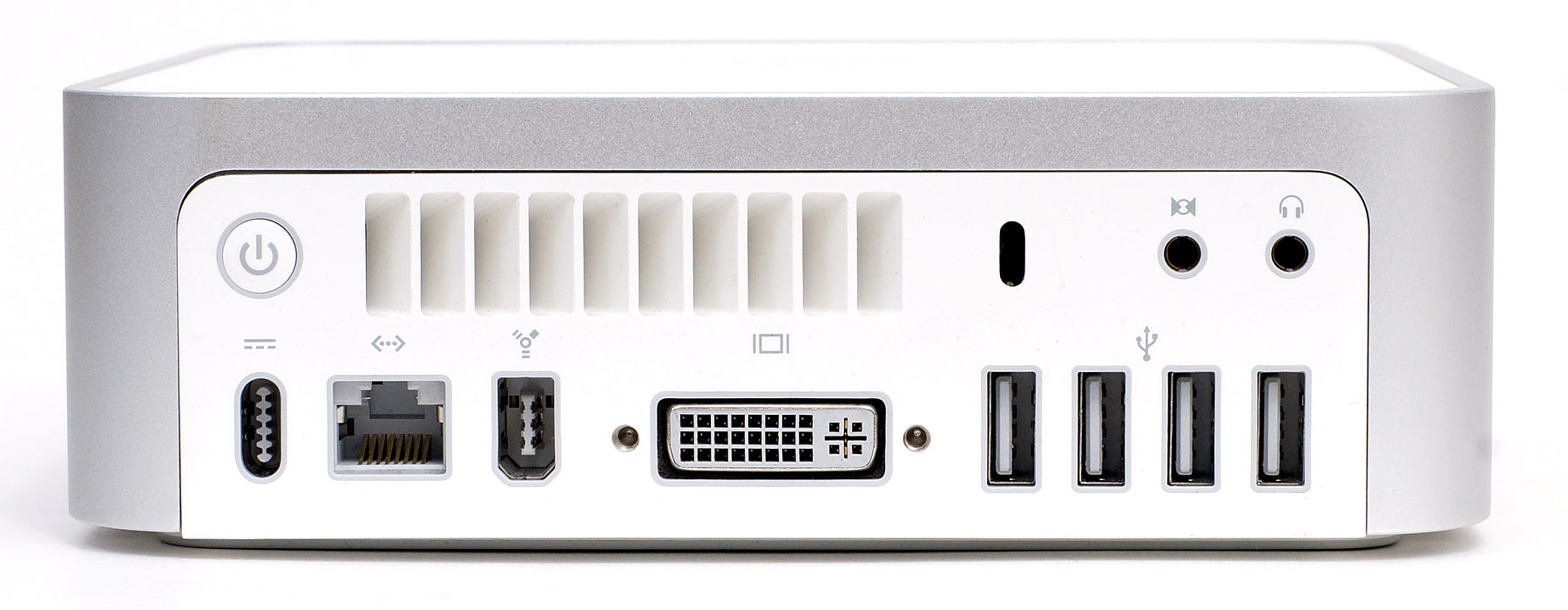|
Adaptive Switching
An adaptive switch is a network switch designed to normally operate in cut-through mode but if a port's error rate jumps too high, the switch automatically reconfigures the port to run in store-and-forward mode. This optimizes the switch's performance by providing higher speed cut-through switching if error rates are low but higher throughput Network throughput (or just throughput, when in context) refers to the rate of message delivery over a communication channel, such as Ethernet or packet radio, in a communication network. The data that these messages contain may be delivered ov ... store-and-forward switching when error rates are high. Adaptive switching is typically done on a port-by-port basis. References Networking hardware {{compu-network-stub ... [...More Info...] [...Related Items...] OR: [Wikipedia] [Google] [Baidu] |
Network Switch
A network switch (also called switching hub, bridging hub, and, by the IEEE, MAC bridge) is networking hardware that connects devices on a computer network by using packet switching to receive and forward data to the destination device. A network switch is a multiport network bridge that uses MAC addresses to forward data at the data link layer (layer 2) of the OSI model. Some switches can also forward data at the network layer (layer 3) by additionally incorporating routing functionality. Such switches are commonly known as layer-3 switches or multilayer switches. Switches for Ethernet are the most common form of network switch. The first MAC Bridge was invented in 1983 by Mark Kempf, an engineer in the Networking Advanced Development group of Digital Equipment Corporation. The first 2 port Bridge product (LANBridge 100) was introduced by that company shortly after. The company subsequently produced multi-port switches for both Ethernet and FDDI such as GigaSwitch. Digita ... [...More Info...] [...Related Items...] OR: [Wikipedia] [Google] [Baidu] |
Cut-through Switching
Rat running (also known as rodent running, cut-through driving, or dive-bombing) is the practice by motorists of using residential side streets or any unintended short cut such as a parking lot, delivery service lane or cemetery road instead of the intended main road in urban or suburban areas. Background Rat running is a tactic used to avoid heavy traffic and long delays at traffic signals or other obstacles, even where there are traffic calming measures to discourage its use or laws against taking certain routes. Rat runs are frequently taken by motorists familiar with the local geography. Rat running is controversial. When traffic is especially heavy on a highway or main road, rat-running vehicles may cause another traffic jam on the rat-run streets, along with accompanying problems such as collisions, pollution from exhaust, and road rage. It is sometimes opposed by residents on the affected streets, as they may regard it as a disturbance of their peace. Sometimes, it cau ... [...More Info...] [...Related Items...] OR: [Wikipedia] [Google] [Baidu] |
Computer Port (hardware)
In computer hardware, a port serves as an interface between the computer and other computers or peripheral devices. In computer terms, a port generally refers to the part of a computing device available for connection to peripherals such as input and output devices. Computer ports have many uses, to connect a monitor, webcam, speakers, or other peripheral devices. On the physical layer, a computer port is a specialized outlet on a piece of equipment to which a plug or cable connects. Electronically, the several conductors where the port and cable contacts connect, provide a method to transfer signals between devices. Bent pins are easier to replace on a cable than on a connector attached to a computer, so it was common to use connectors for the fixed side of an interface. Computer ports in common use cover a wide variety of shapes such as round (PS/2, etc.), rectangular (FireWire, etc.), square (Telephone plug), trapezoidal (D-Sub — the old printer port was a DB-25), ... [...More Info...] [...Related Items...] OR: [Wikipedia] [Google] [Baidu] |
Store-and-forward
Store and forward is a telecommunications technique in which information is sent to an intermediate station where it is kept and sent at a later time to the final destination or to another intermediate station. The intermediate station, or node in a networking context, verifies the integrity of the message before forwarding it. In general, this technique is used in networks with intermittent connectivity, especially in the wilderness or environments requiring high mobility. It may also be preferable in situations when there are long delays in transmission and variable and high error rates, or if a direct, end-to-end connection is not available. Modern store and forward networking * Store and forward originates with delay-tolerant networks. No real-time services are available for these kinds of networks. * Logistical Networking is a scalable form of store and forward networking that exposes network-embedded buffers on intermediate nodes and allows flexible creation of services b ... [...More Info...] [...Related Items...] OR: [Wikipedia] [Google] [Baidu] |
Throughput
Network throughput (or just throughput, when in context) refers to the rate of message delivery over a communication channel, such as Ethernet or packet radio, in a communication network. The data that these messages contain may be delivered over physical or logical links, or through network nodes. Throughput is usually measured in bits per second (bit/s or bps), and sometimes in data packets per second (p/s or pps) or data packets per time slot. The system throughput or aggregate throughput is the sum of the data rates that are delivered to all terminals in a network. Throughput is essentially synonymous to digital bandwidth consumption; it can be determined numerically by applying the queueing theory, where the load in packets per time unit is denoted as the arrival rate (), and the drop in packets per unit time is denoted as the departure rate (). The throughput of a communication system may be affected by various factors, including the limitations of the underlying anal ... [...More Info...] [...Related Items...] OR: [Wikipedia] [Google] [Baidu] |

